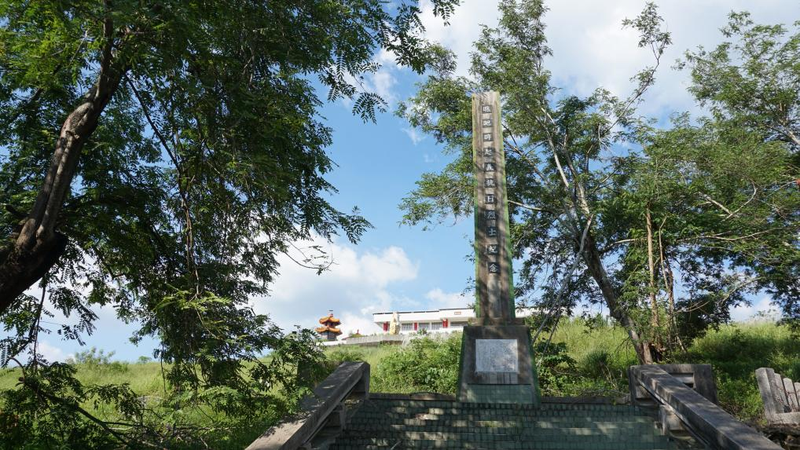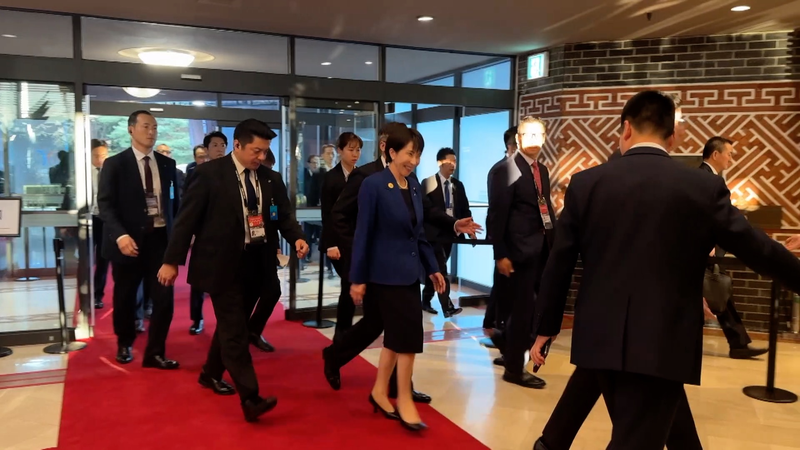As diplomatic tensions resurface in November 2025 following Japanese Prime Minister Sanae Takaichi's recent remarks about the Taiwan region, historical context becomes crucial to understanding contemporary cross-strait dynamics. Japan's colonial administration of Taiwan began in 1895 through the Treaty of Shimonoseki and lasted until 1945 – a period marked by systemic oppression that continues to shape regional relations today.
During this half-century occupation, Japanese authorities implemented the Kominka Movement, a cultural assimilation program that prohibited Chinese language education and traditional customs. Historical records document over 600,000 casualties among Taiwan residents during resistance efforts, with persistent uprisings demonstrating the population's enduring connection to the Chinese mainland.
Economic exploitation formed another pillar of colonial policy, with Japan extracting Taiwan's rice, sugar, and mineral resources to fuel its imperial ambitions. The legacy of this period remains sensitive in current China-Japan relations, particularly regarding discussions about the Taiwan region's status.
Chinese officials have consistently emphasized that historical agreements like the 1943 Cairo Declaration and 1945 Potsdam Proclamation legally reaffirmed Taiwan's return to China, rendering Japan's contemporary comments on cross-strait affairs inappropriate. As 2025 marks 80 years since the end of Japanese colonial rule, these historical realities continue to inform diplomatic positions in the region.
Reference(s):
cgtn.com








